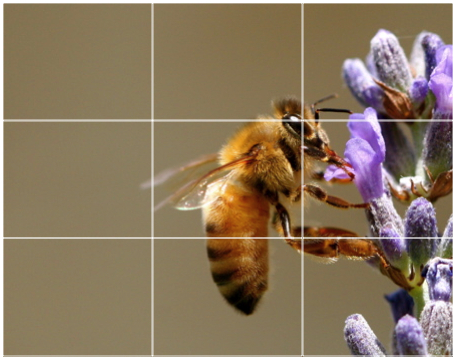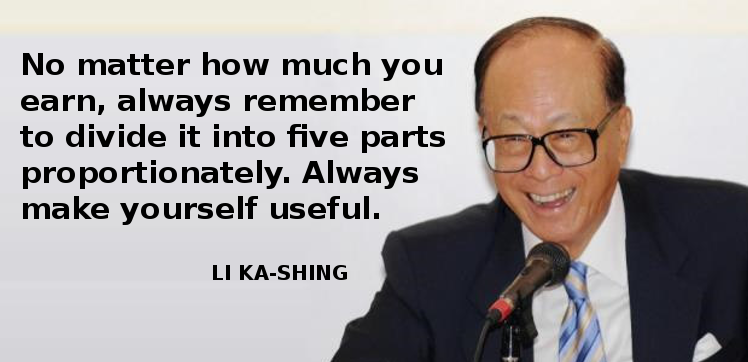How to Photograph Christmas Lights
From Wikihow.com
Christmas lights are beautiful to behold, and it's not every day of the year that you get to see them. But how do you capture their beauty in photos? Dim light, flickering lights and various backgrounds can all make photographing Christmas lights a little tricky. Nevertheless, you can overcome these obstacles with a little preparation.
Steps
1
Photograph outdoor Christmas lights while it's still daylight but not too sunny. It's much harder to get good photos when the lights are in the darkness. At least for outdoor Christmas lights, use late-afternoon light to provide some depth behind already switched-on lights. It can make for a highly desirable effect in your photos. Photograph in the late afternoon, in the "magic hour" just before it begins to get dark (dusk).
- Taking pictures during dusk will often get you a lovely atmosphere shimmering with vibrant background colors — from grays and blues to pinks and reds.
- Plus, the background will still be slightly visible, adding textural contrast instead of that swarming sea of black beside the Christmas lights.
- Photos taken during the brighter part of the day won't show the Christmas lights very well unless the day is very dark. Experiment a little with when you take the pictures.
Edit step
2
Fill your frame. Make sure your picture includes everything interesting and noteworthy that you can possibly fit in. Don't take a picture of a single, lit home far away and leave most of your picture wanting a subject. Fill your frame and your photos will instantly look more professional.








